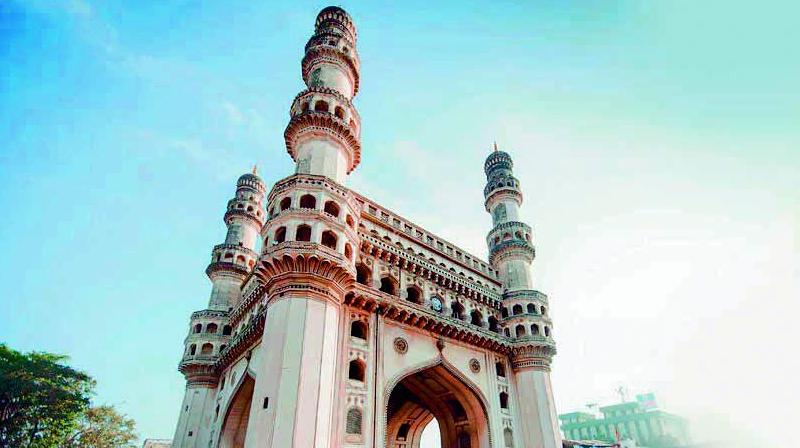Born with solid foundations
And many believe that the city was anciently designed in a way that it would be easier for it to grow.

Amid celebrations for topping the best city charts all over again, conservation and cultural experts take us back into time, explaining how Hyderabad was planned
Every Hyderabadi rejoiced as the city was ranked the best Indian city to live in for the fourth year in a row. According to Mercer’s 2018 Quality of Living Rankings, Hyderabad is on number 142 in the list of the best cities to live in globally, sharing a spot with Pune.
While other factors like relatively low crime rate and pleasant weather conditions played a major role in achieving this feat, the city’s infrastructure was also a key driver. And many believe that the city was anciently designed in a way that it would be easier for it to grow.
Throwing light on the subject, Hyderabad’s well-known historian and author, Sajjad Shahid, says, “A lot of thought went into designing this city, both when it was first designed when Quli Qutub Shah was ruling the place and later when the city was restructured under the Nizams. In fact, it was planned in such a way that it could last for a 100 years. Another interesting point to note here is that Hyderabad was one of the first cities in India that had a very effective sewage system, parts of which are still active today.”
Commenting on the city’s fourth consecutive win, Shahid says, “Being a Hyderabadi, this achievement is a matter of pride for me. However, I feel that many people are breaking away from age-old traditions, which is a matter of concern.”
Interestingly, apart from being designed thoughtfully, the city was developed in three different directions, creating opportunities for well-spaced growth. “What saved Hyderabad is the original planning which was done in a way that there was considerable distance between the Golconda, Hyderabad city and Secunderabad. This gave the modern city a chance to grow organically and also expand its borders in different directions. The Hitec City gave Hyderabad a fourth direction. It is good that these hubs initially grew separately and then grew together, giving people space to breath,” explains Anuradha Reddy, convener of INTACH, Hyderabad chapter.
However, Anuradha also feels that much still remains to be done. “I feel that the management needs to put in more efforts in keeping the city green and clean. But, I have to agree that most of the infrastructure here is better than any other city in India.”
It is worth noting that among all the medieval cities in India, only Hyderabad has, perhaps, continuously been a capital city, shares Gopala Krishna, founder of Hyderabad Trails. “Apart from being a visionary, Quli Qutub Shah, the founder of the city, also laid down a very strong and unshakable cultural ethos for the city. He made all the right decisions with respect to his choice of location for the new city, making sure the water needs for expanding the city are taken care of by digging the Hussain Sagar lake, having a well-planned grid-iron layout, etc., which have all helped sustain the city till now,” he explains.

